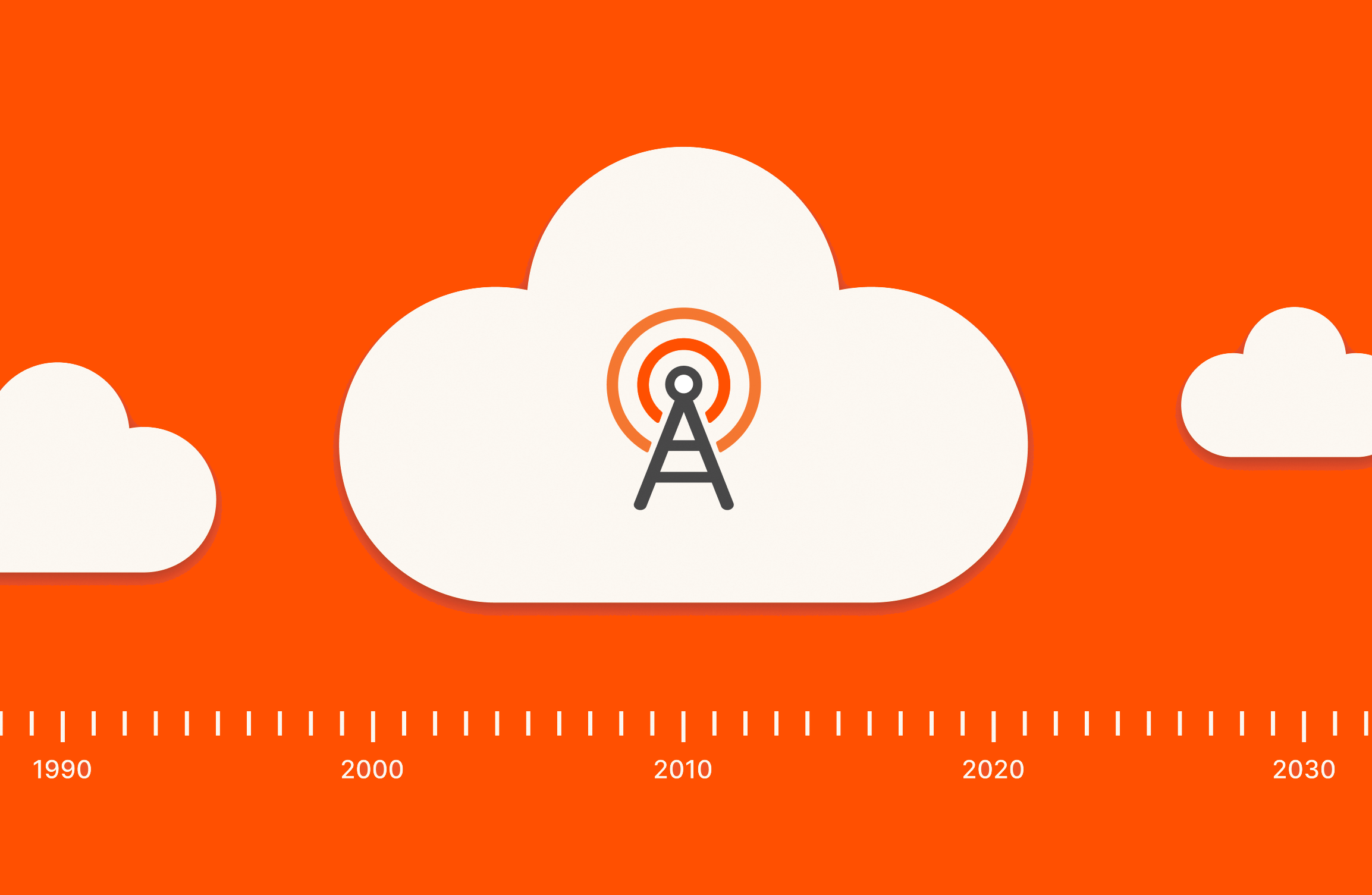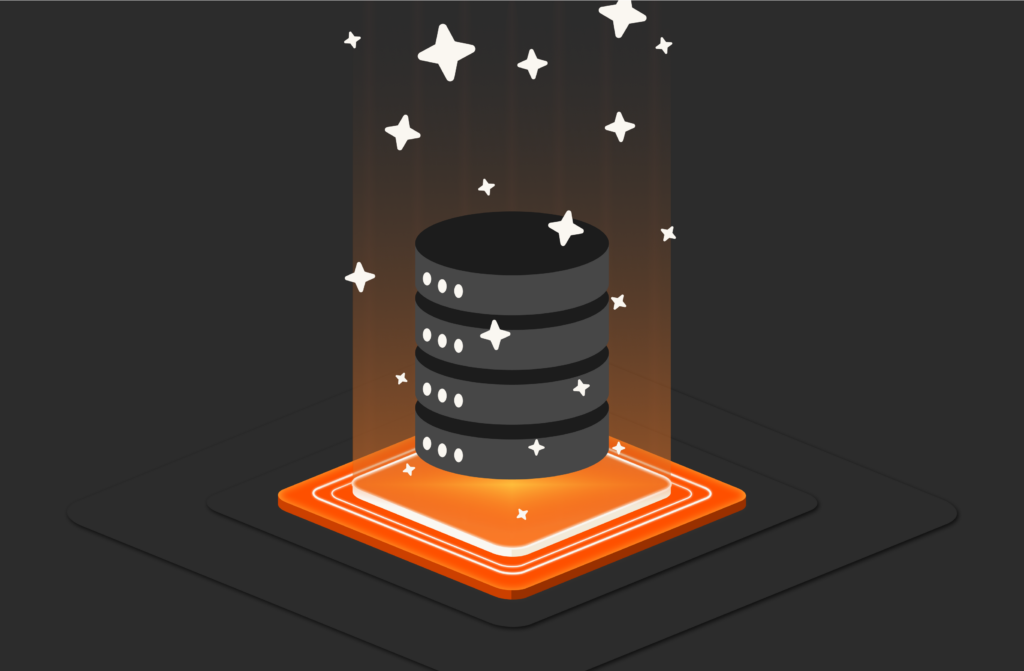Back in the early days of the internet, circa late 1990s, I worked at Ascend Communications, a manufacturer of Remote Access Concentrators (RACs). When you dialed an internet provider via a modem and heard the famous beep-bop-boop sounds, the RAC was the device on the other end that answered the call. It was a bunch of modems in a box, put into a data center rack, and connected to the network.
In those early days of the telecom cloud, purpose-built hardware devices delivered all the functions. One box answered calls. Another box provided VPN services. Another box provided user authentication, and so on down the line. Boxes were everywhere, each one requiring device expertise and separate upgrade cycles and management platforms. It was messy and inefficient, though, at the same time, it was reliable and resilient. That’s a true testament to the telecom operators.
This original, device-centric network is referred to as “The Past Cloud” in our new white paper, The Past, Present, and Future of the Telecom Cloud. Custom-built devices are the past, though they still exist in many networks.

The Innovation Race
Reducing Risk and Navigating the AI Frontier for Future Success
When did we enter the present?
In 2012, the concept of Network Functions Virtualization (NFV) was born. NFV said that the many functions of custom equipment could move to virtual machines. This offered tremendous savings and simplification (explained in our blog post on NFV). Most telecom providers have made the move to NFV, at least to some extent. It takes a long time to completely transition some of the largest networks in the world.
But the future has also arrived in the form of Cloud-native Network Functions (CNF). They use containers and Kubernetes instead of VMs. This provides easier automation, more scalability, and other benefits. Learn more in our blog post on the CNF revolution.
At many global telecom providers, NFV and CNF are being built using Pure Storage® products, both all-flash arrays as well as Portworx® data management software. Pure provides the performance, ease of use, and resiliency needed in mission-critical telecom networks.
As 5G rolls out with new edge-service use cases, the amount of data will grow exponentially, requiring more storage capacity. Another critical aspect for telecoms is power consumption and rack space. Data centers are not infinite in size, and they don’t have unlimited power. Pure provides the dense, power-efficient storage that lets telecom providers shrink even as they grow.
Let me give you an example: A major telecom provider recently replaced some legacy storage arrays with Pure. They grew their effective storage capacity by 188%, which was needed for new applications. Yet even as they were nearly doubling storage capacity, they reduced the physical footprint by 93%, saving 322 rack units. And they reduced KWH by 90% and BTUs by 89%, providing dramatic energy savings. All while improving performance with more IOPs. That’s a win for everyone, including the environment.
Read our white paper to learn more about Pure’s vision for the telecom cloud. Telecom providers are key players in economic development across the globe, and Pure is proud to be helping many of them deliver on the promises of 5G connectivity.
Be Prepared for the Future
See where the telecom cloud might be headed and how Pure can help you be ready for it.








